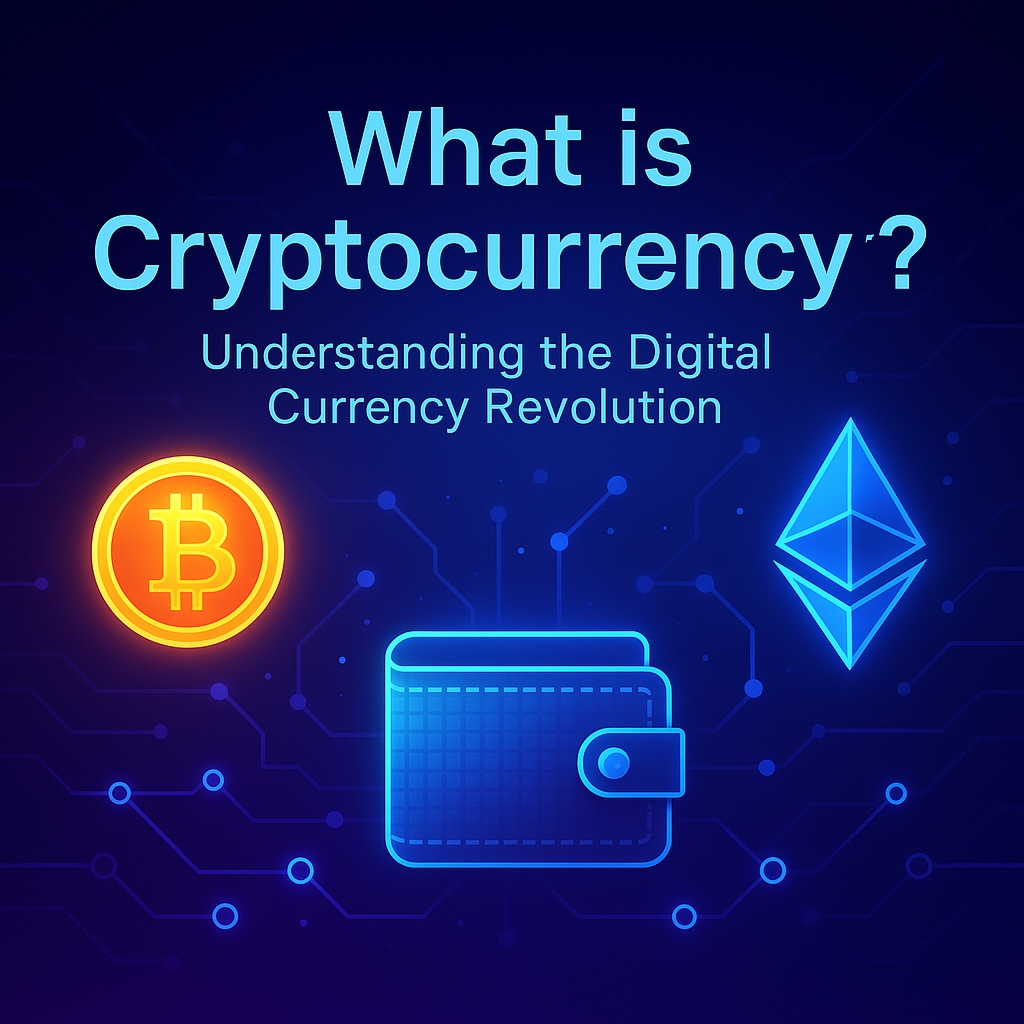Breaking News
Popular News




Enter your email address below and subscribe to our newsletter

The digital transformation of education is already underway, but blockchain in education promises to take it even further. From tamper-proof certificates to secure academic records and transparent funding, blockchain is revolutionizing how we teach, learn, and manage educational systems.
At bit2050.com, we break down the most powerful use cases of blockchain in the education sector and how they will shape the future of learning.
Blockchain is a decentralized digital ledger that records transactions across a distributed network. In education, it can securely store student data, certificates, and learning progress, enabling trust, transparency, and automation in educational processes.
Degrees and certificates can be stored on blockchain networks, allowing instant and verifiable proof of qualifications. This prevents resume fraud and speeds up the job recruitment process.
Example: MIT issues digital diplomas using blockchain technology.
Blockchain offers a single source of truth for academic records—grades, attendance, coursework—secured from data breaches or manipulation.
Smart contracts on blockchain enable self-paced online courses, automatic assessments, and real-time payments to instructors—without third-party interference.
Example: Platforms like ODEM and BitDegree are using blockchain for global online learning.
With the gig economy booming, learners can earn micro-certifications and digital badges on blockchain, allowing employers to verify niche skills easily.
Blockchain ensures transparent allocation of education funds, grants, and charitable donations, reducing corruption and enhancing trust among stakeholders.
| Benefit | Description |
|---|---|
| ✅ Trust & Verification | Immutable academic credentials |
| 🔒 Data Security | Safe storage of sensitive student data |
| ⚙️ Automation via Smart Contracts | Removes need for intermediaries |
| 🌐 Global Accessibility | Breaks down barriers to cross-border education |
Blockchain addresses credential fraud, fragmented data systems, and lack of transparency in funding and assessments.
Yes. Blockchain allows students to own and share their academic data with institutions and employers directly.
Absolutely. The data is encrypted and stored in a decentralized format, reducing the risk of data tampering or loss.
Yes. MIT, the University of Nicosia, and others issue blockchain-based diplomas and certificates.
blockchain, education, blockchain in education, edtech, student records, digital certification, bit2050, Web3, smart contracts